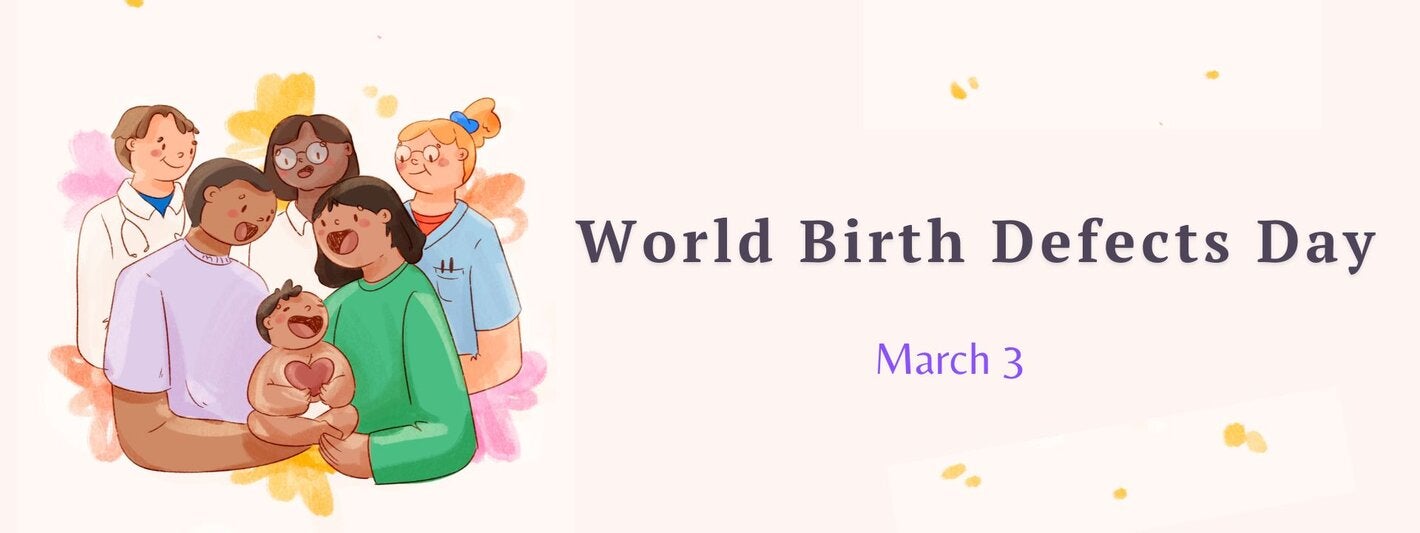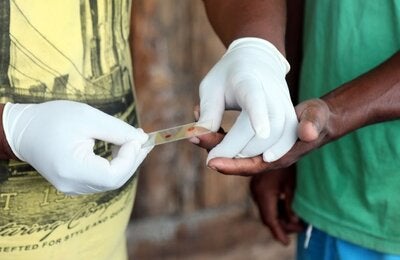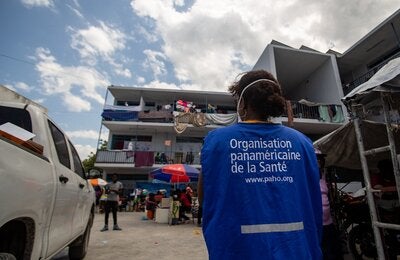
Montevideo. March 3, 2023. Worldwide, an estimated 303,000 newborns die each year in the first four weeks of life due to congenital anomalies.
According to the World Health Organization (WHO), adverse perinatal outcomes and birth defects are responsible for the loss of 15 million years of healthy life due to premature death and disability.
In Latin America and the Caribbean, birth defects represent the second leading cause of neonatal and infant death after prematurity. In many cases, the babies who survive will live with a disability. In the region, one in three deaths occurring due to congenital defects is due to heart malformations.
In 2015, March 3 was established as World Birth Defects Day to raise awareness and advocate for the development and implementation of prevention programs, as well as for an improvement in the quality of health services and care received by both babies with congenital defects and their families.
Congenital heart defects affect the structures of the infant's cardiovascular system. Early diagnosis, during prenatal care or at birth, is essential for referral to centers that can provide timely treatment and prevent adverse consequences, which can involve varying degrees of disability or even death.
In this framework, it is essential to continue advancing in processes to improve timely diagnosis, referral, treatment and specialized follow-up, along with accompaniment of families. "The involvement of health teams, civil society organizations, agencies and, of course, families, is fundamental to address this issue," said the regional advisor for Neonatal Health of the Latin American Center for Perinatology - Women's and Reproductive Health (CLAP/WR) of the Pan American Health Organization (PAHO/WHO), Pablo Durán.
World experts meet to exchange on birth defects and disabilities
On the occasion of Birth Defects Day, the International Conference on Congenital Malformations and Disabilities in the Developing World is being held in Santiago, Chile.
From March 1 to 4, professionals and organizations linked to maternal and child health from all over the world are meeting to learn about the latest research, tools and approaches to surveille, diagnose and improve care for babies with birth defects and disabilities.
CLAP/WR Director Suzanne Serruya and consultant, Pablo Duran, are at the conference to participate and coordinate several panel discussions related to the the following topics: strategies and policy frameworks to accelerate the fight against birth defects in the Americas; presentation of the challenges in the design, development and implementation of evidence-based clinical guidelines for neonatal screening; strengthening and expansion of national birth defects surveillance systems in Latin America and the Caribbean; surveillance and response to reduce the burden of congenital heart disease in the Americas.
Precisely on this last topic, country examples will be presented tomorrow, including the case of Argentina and the development of the National Congenital Heart Disease Program.
Access to all the information about the conference here.
Argentina and the development of an integrated system
In 2010, Argentina's National Congenital Heart Disease Program, which falls under the National Ministry of Health, gained new momentum with the creation of a nationwide care network based on three elements:
- Treating cardiovascular centers: These are the centers where surgeries are performed and are distributed in different parts of the country. These institutions must register with the ministry and are categorized into low, medium and high complexity, which will determine the type of interventions they can perform.
- Provincial referral centers: These are generally children's hospitals in each province and where there is a children's cardiologist. When there is a finding or suspicion, the child is referred to the referral center where the cardiologist will confirm the diagnosis. Once the diagnosis is confirmed, the professional reports it to the Congenital Heart Disease Coordinating Center.
- Congenital Heart Disease Coordinating Center: Receives the reports and analyzes aspects related to the location, the type of heart disease, the degree of complexity and the type of intervention required, based on which a cardiovascular center is assigned to perform the surgerie.
The Coordinator of the National Congenital Heart Disease Program, Dr. María Eugenia Olivetti, emphasizes the importance of having a coordinated network work with the aim of providing quality care throughout the country and to all people. In addition, she tells about the continuous improvement processes involved in this type of initiatives. "We started in one way and, as we progressed, we had to make multiple modifications because things always have to be accommodated."
One of the aspects on which improvements have been implemented recently has to do with early detection. "Prenatal detection, outside of the private sector in Argentina, is very low. This has an important impact on the development of these cases because these are children who are very labile, who arrive in poor condition, mainly when they have complex cardiopathies."
There are numerous cases of babies with congenital heart disease that have a very good prognosis if they are operated on in a timely manner, but this requires early detection. In this regard, Olivetti says that prenatal detection is ideal.
In order to respond to this situation, in August 2021, a network for the referral of the pregnant person with congenital heart disease was put into operation. "This network is very new, we are still making adjustments, but it has already borne fruit. Prenatal detection of congenital heart disease increased by almost 50% from 2021 to 2022." Olivetti expressed that "it is necessary to continue improving in early detection, but the impact that the creation of this network has had is already very high".
The coordinator also referred to the numbers recorded by the national network since 2010. "When we started the number of reports was 2700 per year, since 2012 we have been keeping double the number of reports annually".
Olivetti highlighted, also, the information generated through the network. "Now we can know and talk about what is happening with congenital heart disease in our country. We know how many transplants are born, how many children have Tetralogy of Fallot. We know for sure how each one of the cardiovascular treatment centers contributes". In addition, she pointed out that every year audits are carried out at the cardiovascular centers with the intention of noticing situations that can be improved. "This sometimes involves the recategorization of a center."
On the other hand, he pointed to the relevance of accompanying families. "There are processes that are very painful. Preparing the families, not only the couples, but the whole environment for what is going to happen is extremely important. These are families that are clearly going to need support and that is also part of family health".
Challenges
Among the existing challenges, the program coordinator highlighted the need to increase prenatal diagnosis. "For that, we have to reach out, not so much to the pediatric cardiologist but to all obstetricians and general sonographers who do fetal scanning."
Another challenge has to do with shunting the ductus of prematurity. "When we have very low weight children, less than one kilo, generating a transfer has many risks and increases mortality.... We believe that in order to improve this aspect it is also important to generate a network of preterm ductus so that they are treated in the maternity hospital where they are. The surgical team should be the one to be transferred, not the baby. For that, it is necessary to comply with certain requirements and to have a third level maternity ward".



